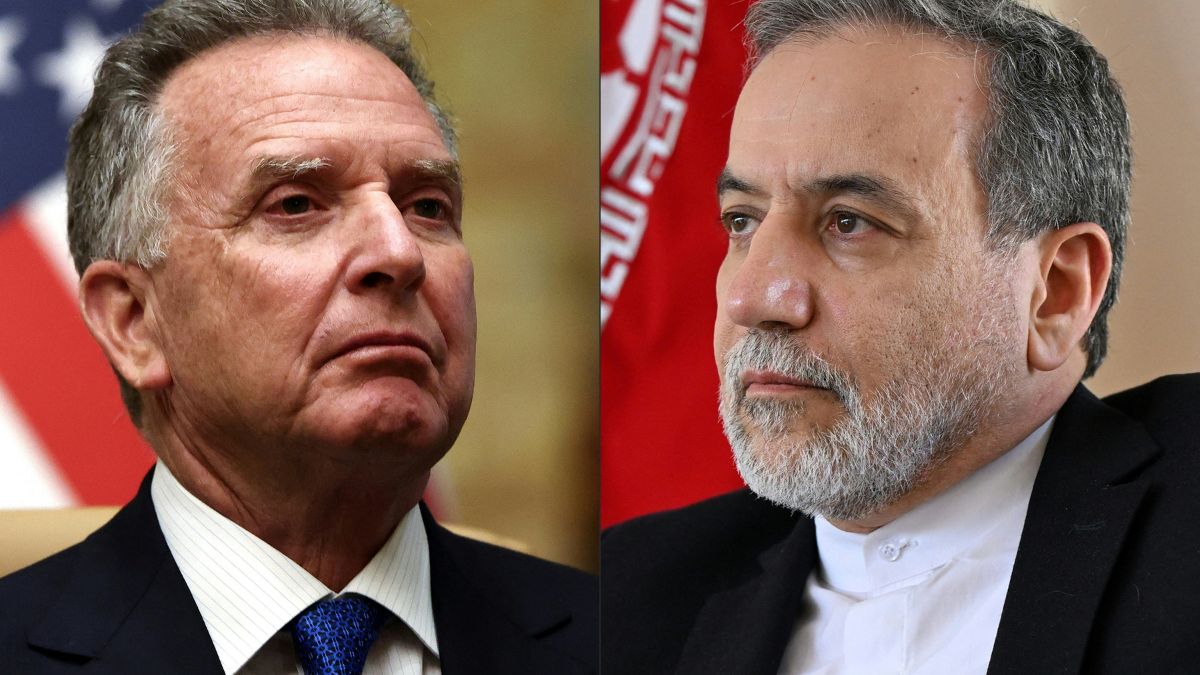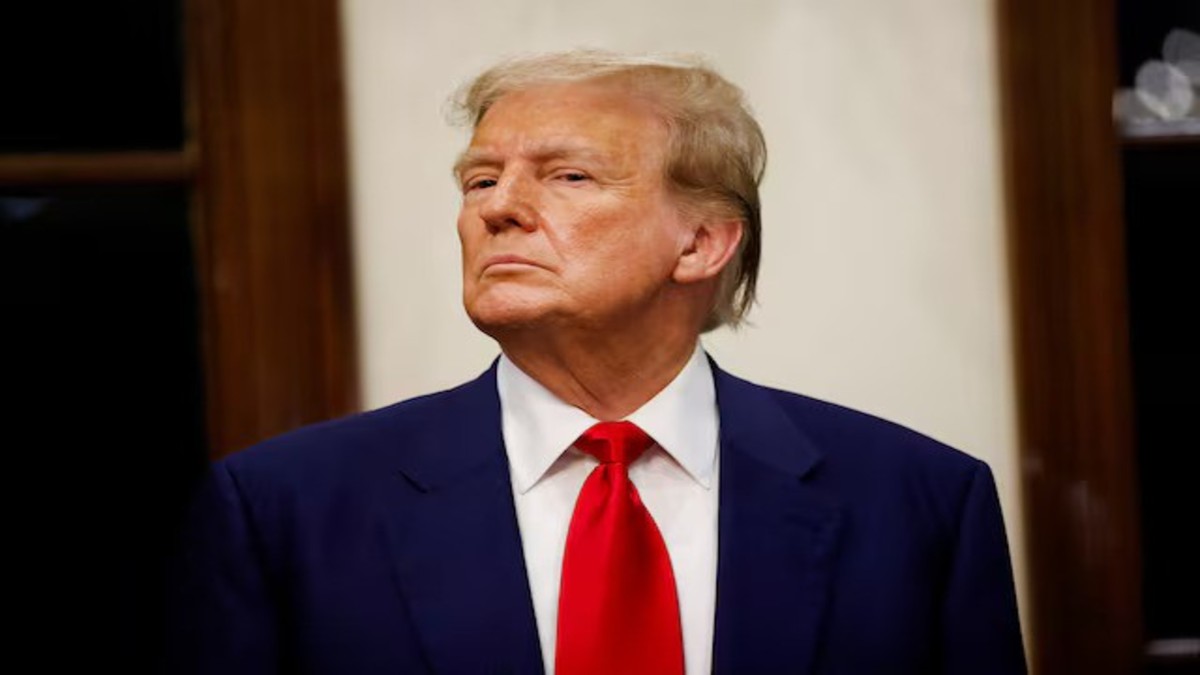The escalating trade war between the US and China has sent shocks throughout global markets, thereby changing economic relationships and supply networks. Recent developments resulting from US President Donald Trump’s tariff policies have given nations like India both opportunities and challenges.
India is ready to take advantage of this geopolitical turnaround with strategic manoeuvring, maybe replacing China in important parts of the US market while using tariffs as a negotiating tool to boost its international trade position. This essay looks at how India may negotiate the unstable trade scene, strengthen its links with the US, and promote friendly relations with China.
Trump declared sweeping tariffs in early April 2025, anticipating a dramatic US trade policy escalation. Effective April 9, all imports were subject to a basic 10 per cent tariff; more reciprocal levies were aimed at certain countries.
Taking the trade war head-on, Trump raised tariffs on China to 145 per cent, to which China retaliated by imposing 125 per cent tariffs on US goods. Other countries, such as India, with a ‘reciprocal tariff’ rate of 26 per cent; Vietnam (46 per cent); and the European Union (20 per cent), were given 90 days of pause to negotiate trade deals with the US.
These moves first triggered a global market sell-off as the S&P 500 dropped 5 per cent and the NASDAQ fell 6 per cent, the lowest since March 2020. The BSE Sensex and Nifty 50 dropped roughly 5 per cent in India; China’s Shanghai Composite and Hong Kong’s Hang Seng sank almost 9 per cent and 13 per cent, respectively.
Trump then suddenly changed his mind on April 9; for 90 days, just 10 per cent tariffs will be applicable on most trade partners except China. China saw tariffs rise to 125 per cent and then to 145 per cent, hence worsening the trade conflict. After the announcement of the pause, the US Nasdaq rose 12.2 per cent, its highest single-day increase since 2008, and India’s Nifty 50 bounced back modestly; this policy change set off an unprecedented market rally. While the volatility emphasised the fragility of world markets, it also drew attention to India’s relative resiliency in light of its lesser export dependency than rivals like China and Vietnam.
India’s strong economic fundamentals make it especially well-suited to gain from the US-China trade conflict. India’s growth is rooted in domestic consumption and services, unlike China, whose export-driven economy depends much on the US market. With India exporting $87.4 billion, which mostly included pharmaceuticals, IT services, textiles, and jewels, US-India goods trade in 2024 totalled $129.2 billion. The pause on ‘reciprocal tariffs’ gives India breathing room to bargain advantageous conditions.
With businesses looking for substitutes for Chinese manufacturing, the US-China trade conflict has hastened the diversification of international supply chains. India is a desirable location because of its strong information technology sector, growing electronics sector, and aggressive pharmaceutical market. Apple, for one, has increased iPhone manufacturing in India; about 1.5 million units were airlifted to the US in March 2025 to avoid Chinese tariffs. India’s textile and clothing sectors stand to benefit likewise, as higher tariffs on Bangladeshi and Vietnamese products compromise their competitiveness. According to the Federation of Indian Export Organisations, Indian exporters might seize more than $50 billion in market possibilities over the next two to three years.
Through programmes like the Production-Linked Incentive (PLI), which incentivises manufacturing in electronics, pharmaceuticals, and renewables, India’s government has aggressively promoted this change. India can entice American businesses searching for ‘de-risking’ from China by providing tax incentives and land access in states such as Tamil Nadu and Gujarat. Moreover, strengthening bilateral relations, India’s semiconductor drive, supported by $10 billion in investments, corresponds with US attempts to guarantee chip availability.
India needs to concentrate on competitiveness, infrastructure, and trade agreements if it hopes to substitute China in the US market. First, India ought to improve its manufacturing competitiveness by simplifying rules and lowering logistics expenses. Even after raised tariffs, the Bharat Trade Net, a single-window trade documentation system, might help Indian exports become more price-competitive by increasing efficiency. Growth should be focused in industries like electronics and pharmaceuticals, which have little tariff effects either from exemptions or low exposure.
Infrastructure improvements come next and are absolutely vital. India will be able to manage rising export volumes with investments in ports, highways, and digital connectivity. Strong foundations are provided by the $1.7 trillion infrastructure plan of the government over 2030, but fast execution is necessary to satisfy world demand.
India’s position may be solidified by a bilateral trade agreement (BTA) with the US. Where India has a low-cost manufacturing edge, negotiations of which progressed notably in 2024, New Delhi should aim for zero tariffs on medicines and automobiles. Trade advisers suggest India could provide increased US imports in defence, oil, and high-end medical gadgets to counterbalance trade. India can present itself as a reliable, long-term partner instead of just a rerouting centre for Chinese items, unlike Vietnam, which suffers more tariffs and does not have India’s varied economy.
The US-China trade conflict also offers India room to bargain with China. Beijing might shift exports to major markets like India, which can lead to “dumping” that would damage local companies. India can use its own tariff policies to counter this threat. By threatening retaliatory duties on Chinese electronics or chemicals, key imports worth $80 billion annually, India can press China for concessions, such as increased market access for Indian pharmaceuticals and IT services in China.
To prevent escalation, India should also keep friendly ties with China. Cooperation can be helped by strengthening trade within BRICS and the Shanghai Cooperation Organisation. India might offer joint ventures in renewables or technology, presenting itself as a collaborator rather than a competitor. This measured strategy guarantees India gains from China’s financial difficulties without estranging an important partner.
India’s diplomatic grace will be much more important as we negotiate this trade conflict. Using venues like the Quad to build trust, India should highlight common interests in technology and security with the US. Goodwill can be generated by offering tariff cuts on American products such as bourbon whiskey (already reduced from 50 per cent to 40 per cent) and Harley-Davidson motorcycles. India should seek conversation with China via multilateral venues, therefore preventing trade conflicts from hindering more general collaboration on climate or regional peace.
Trump’s tariff action has pushed India into a critical position as the US-China trade war escalates. India can grab major US market share while balancing relations with China by leveraging its domestic advantages, negotiating sensible trade agreements, and judiciously applying tariffs. The path ahead calls for agility, strengthening manufacturing, improving infrastructure, and harmonising diplomacy. India has a unique chance to become a manufacturing giant and a stabilising force in a broken trade environment as worldwide supply chains reset. The rewards for a country prepared to take the opportunity are great even if the stakes are high.
Arunim Ghosh comes with a background in law. He is a contributing author covering foreign affairs and culture. Views expressed in the above piece are personal and solely those of the author. They do not necessarily reflect Firstpost’s views.


)
)
)
)
)
)
)
)
)



